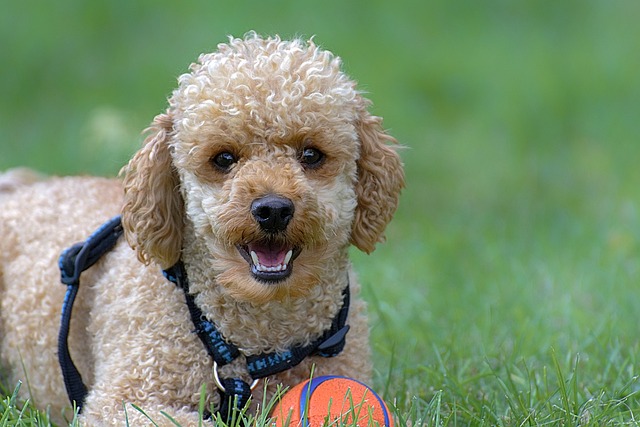
How do i train my dog to be obedient?
Watching your dog dart across the park ignoring your calls isn’t just frustrating—it can put them at risk near busy streets or public spaces.
You love your pup, but lately, you’ve noticed things that make you nervous: maybe she growls when you reach for her food bowl, or freezes up every time a kid walks by. Knowing red flag dog behavior isn’t about labeling your pet “problematic”—it’s about recognizing signs of fear, stress, or discomfort before they escalate into bites or aggression. Veterinarians and behaviorists agree that most red flags stem from anxiety, not malice, so addressing them early can turn things around.
Common red flags are often subtle. Lip licking, flattened ears, or tucking the tail aren’t “cute”—they’re your dog saying, “I’m stressed.” More obvious signs include growling, snapping, or lunging at strangers, other dogs, or even family members. Unlike puppies, adult dogs use these behaviors to communicate fear, not to be “dominant.” For example, my neighbor’s rescue, Charlie, used to snap when someone touched his paws—turns out, he’d never been handled gently before, and the snap was his way of asking for space.
The fix starts with respecting their boundaries, not punishing them. Yelling or hitting will only make their fear worse, and physical discipline is against animal welfare guidelines in most U.S. states and European countries. Instead, use positive reinforcement: if your dog lets you touch their paws without reacting, reward them with a high-value treat like cooked chicken. For apartment dwellers, manage triggers by keeping curtains drawn if passersby stress them out, and use a white noise machine to muffle loud hallway sounds.

Before working on socialization to address red flags, confirm your dog’s vaccines are up to date. Most U.S. counties require annual booster shots for distemper and rabies, and unvaccinated dogs are at risk if interactions lead to scratches or bites. Also, always carry poop bags during walks—ignoring messes in public areas isn’t just bad etiquette; cities like Chicago fine owners up to $500 for failing to clean up after their dogs.
When venturing out, practice community courtesy: keep your dog on a short leash if they’re reactive, and cross the street to avoid triggers if needed. Never force them to interact with strangers or other dogs—this can turn mild anxiety into aggression. Remember: progress takes time, but recognizing red flags early and responding with patience, not punishment, will help your dog feel safe and confident.

Watching your dog dart across the park ignoring your calls isn’t just frustrating—it can put them at risk near busy streets or public spaces.

New puppy owners often find themselves rushing to clean up accidents before they set in, and that’s where puppy pad training becomes a game-changer.

If you've noticed your dog's waistline disappearing and your veterinarian has mentioned those few extra pounds, your first instinct might be to simply reduce the amount of food in their bowl.

Training a dog to use a designated spot indoors isn’t as daunting as many new owners fear, but it does take consistency and an understanding of your pet’s needs.

That moment of dread on a walk is all too familiar for many new dog owners. You see another dog approaching down the sidewalk of your neighborhood

If the sight of another dog on your neighborhood walk makes your heart sink as your own dog erupts into a frenzy of barking and lunging, you're not alone.